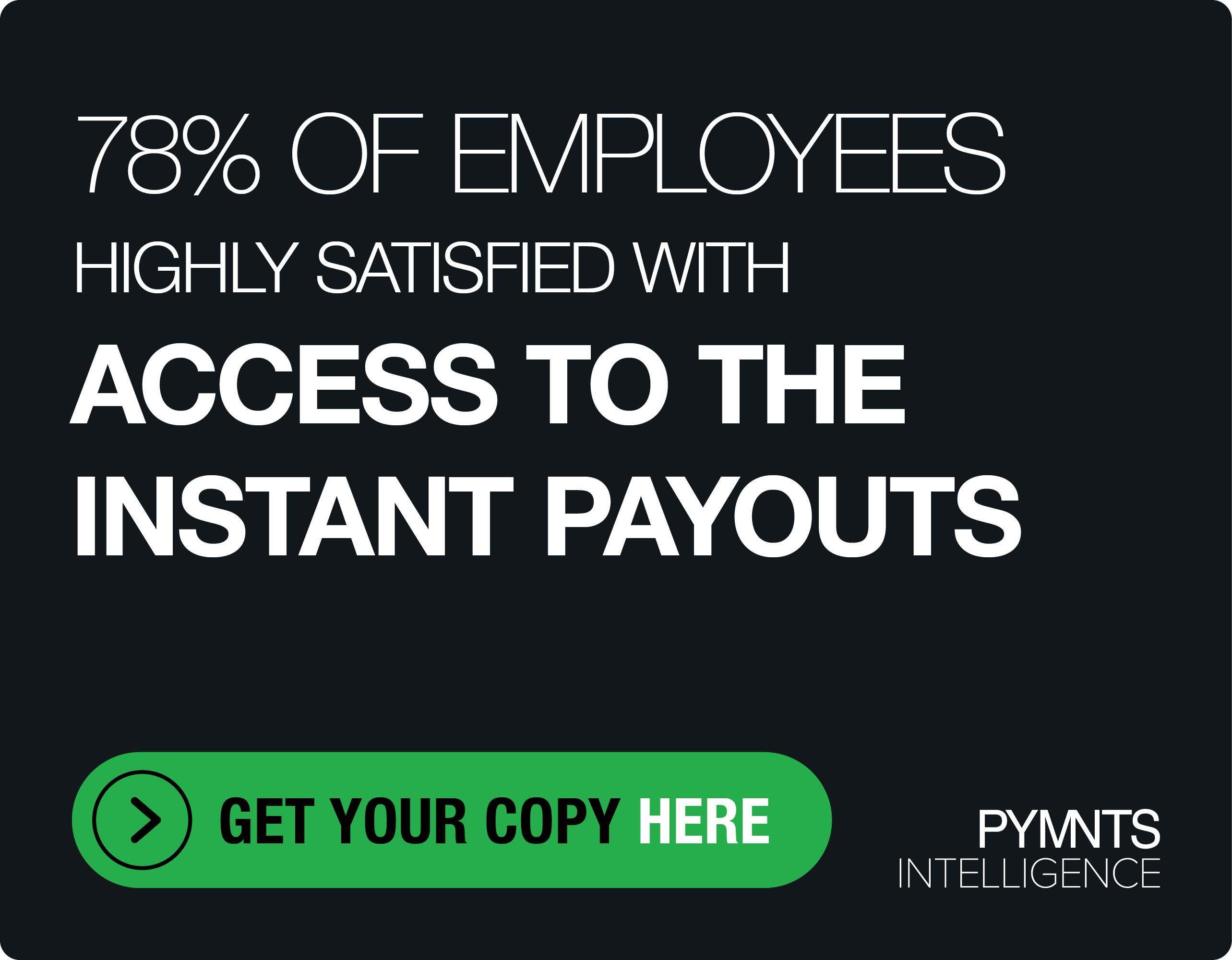Banks Say Better to Be Proactive Than Reactive When Making Payments Real Time
Faster payments solve many traditional pain points endemic to legacy payment methods.
But although several hundred financial institutions (FIs) have signed on to the two domestic instant payment rails in the U.S., the FedNow® Service and The Clearing House RTP® real-time payments platform, observers argue that we’ve yet to reach “critical mass” in the U.S. for instant payments.
That’s why PYMNTS sat down with Cory Barnes, senior product manager at Form3, Aaron Steinitz, SVP of enterprise fraud policy and governance at M&T Bank and Miyoshi Lee, head of U.S. real-time payments at Bank of America, to discuss what it will take to realize the full potential of instant payments — and how FIs should take a “forward thinking” approach to the risks and rewards, in collaborative fashion.
One of the main concerns hindering the adoption of real-time payment rails by financial institutions is the fear of fraud and associated losses.
M&T Bank’s Steinitz highlighted that building trust in products and services is crucial for banks. Institutions need to focus on creating a secure experience for their clients to overcome the fear of fraud associated with faster payment rails.
“It depends on the institution, and on the tech stack. Banks that have a much more well-developed fraud tech stack are more likely to be the initial ones in the market to be able to offer [instant payments] to clients,” he said.
Fear of faster fraud is in part why many financial institutions have taken a wait-and-see approach when it comes to adopting real-time payment rails. They have learned from the experiences of early adopters and implemented controls to mitigate risks.
How Instant Payments Use Cases Can Power Adoption at Scale
Form3’s Barnes underscored that the use cases for instant payments are diverse and constantly evolving. As clients become more comfortable with the benefits of real-time payments, they are increasingly exploring creative ways to leverage them in a business beneficial manner.
However, concerns about infrastructure readiness and the need to balance fraud mitigation with innovation still exist.
Speaking to the prevalence of faster payments in the European Union, Barnes noted that, “when you couple a general desire across the European region for instant payments, and then the regulation that was released surrounding instant payments, it created a springboard for that market to adopt this new payment type.”
Absent that sort of regulatory push, businesses in the U.S. need to craft their own use cases that can drive adoption.
Bank of America’s Lee highlighted the importance of learning from the experiences of other markets. Lessons learned from Europe include the significance of addressing fraud trends and the impact of regulation on driving adoption.
“Because real-time payments in the U.S. were not government mandated, you saw the low-hanging fruit get picked off first,” she said.
Having multiple operational faster payment rails, such as Fed Now and RTP, offers advantages for financial institutions. Barnes explained that having interoperable rails can drive a network effect and enable more endpoints to be reached. However, challenges related to infrastructure and limited adoption due to selective rail choices have hindered the full potential of instant payments.
Challenges and Opportunities Around Instant Payments in the US
Real-time payments create a data-rich environment that can be leveraged to detect and prevent fraud. Steinitz emphasized the importance of data in fraud prevention, noting that analyzing customer behaviors across multiple channels and leveraging real-time data can help build secure experiences for clients and detect fraudulent transactions.
“The greater the cross-channel engagement, the better the payment experience for the end-user,” Steinitz said.
While the investment lift may be a lot to think of in a vacuum, financial institutions can benefit from partnering with providers, including those like Form3, to overcome resource constraints and leverage their expertise in building and connecting to payment rails.
Outsourcing development work can be cost-effective and allow banks to focus on their core competencies. Additionally, providers typically have a broader industry perspective and can offer best practices and insights to help financial institutions harness the potential of faster payments.
The momentum for instant payments is increasing, with both FedNow and RTP experiencing growth in adoption, all panelists agreed. Competition between the two rails is driving innovation and accelerating the adoption of instant payments. Continued evolution and collaboration in the industry will shape the future of real-time payments.

